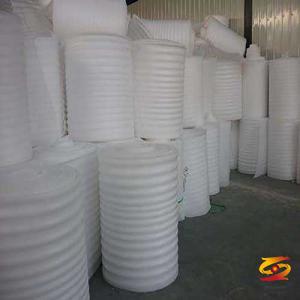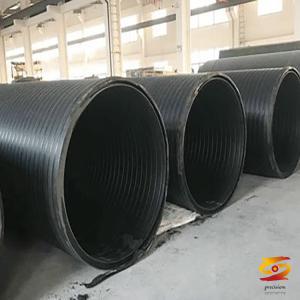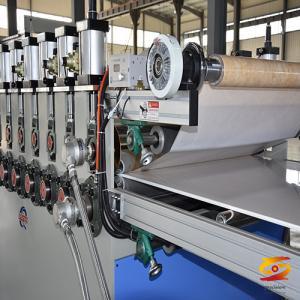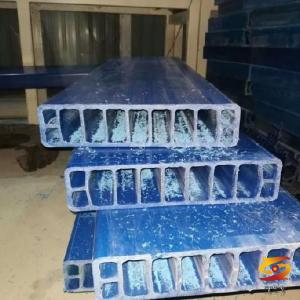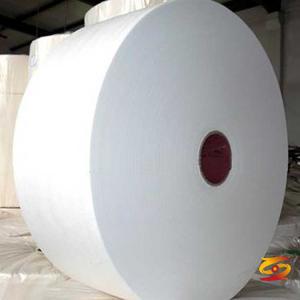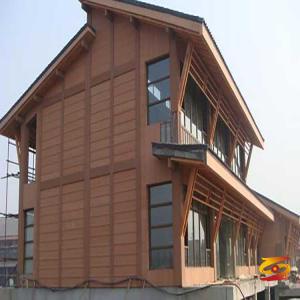PVC Foam Board Production, Applications, and Future Trends: A Technical Perspective
PVC Foam Board Production, Applications, and Future Trends: A Technical PerspectiveIn today’s rapidly evolving material landscape, PVC foam board has emerged as a lightweight, durable, and cost-effective solution for industries ranging from construction to furniture manufacturing. As global demand increases, understanding the production process, current uses, and future applications becomes critical for manufacturers, investors, and designers alike. This article delves into the technical production process of PVC foam board, explores its broad spectrum of applications, and offers insights into where the industry is heading—featuring a key industry player: PVC Foam Board Machine Professional Manufacturer - Qingdao Precision Machine Co., Ltd.
1. What Is PVC Foam Board?
PVC (Polyvinyl Chloride) foam board is a rigid, closed-cell, lightweight sheet made from a mixture of PVC resin and chemical foaming agents. It is commonly manufactured in two main types:
Celuka PVC foam board, which has a hard, glossy outer surface.
Free foam board, with a more uniform, matte finish and lower density.
PVC foam board offers exceptional resistance to water, fire, chemicals, and impact, making it a preferred alternative to traditional wood and metal panels.
2. PVC Foam Board Production Process
The production of PVC foam board involves precise extrusion technology that requires high-quality machinery and skilled control. The typical production line includes the following key steps:
a. Material Preparation
Raw materials such as PVC resin, stabilizers, lubricants, foaming agents, and fillers are carefully weighed and mixed.
These materials are introduced into a high-speed mixer for uniform blending.
b. Extrusion
The blend is fed into a conical twin-screw extruder, which plastifies the material under controlled heat and pressure.
The extrusion die forms the material into a flat sheet while controlling thickness and foaming density.
c. Calendering and Cooling
The hot foam board passes through a three-roller calender, where surface finish and thickness are finalized.
Subsequent cooling units solidify the sheet while maintaining its shape and dimensions.
d. Haul-off, Cutting, and Stacking
A precision haul-off system transports the board at a synchronized speed.
An automatic cutter slices the sheet to length, followed by stacking units for packaging.
At the heart of this process is state-of-the-art machinery, such as that provided by PVC Foam Board Machine Professional Manufacturer - Qingdao Precision Machine Co., Ltd., renowned for their advanced extrusion systems that support high-output and low-defect manufacturing.
3. Applications of PVC Foam Board
PVC foam boards are remarkably versatile. Common applications include:
Construction
Wall and ceiling panels
Modular partition boards
False ceilings and signage backdrops
Furniture and Interior Design
Kitchen and bathroom cabinets
Decorative wall cladding
Lamination baseboard for printing and engraving
Packaging and Advertising
POP displays, exhibition stands
Outdoor signs and display boards (thanks to UV resistance)
Automotive and Transportation
Lightweight paneling for buses, trains, and caravans
Marine board components resistant to moisture and corrosion
4. Industry Data and Market Growth
According to a 2024 report by Global Market Insights, the PVC foam board market is expected to reach USD 6.2 billion by 2029, growing at a CAGR of over 5.5%. Growth is driven by rapid urbanization, eco-friendly alternatives to wood, and expansion in modular furniture demand.
Manufacturers that invest in energy-efficient and automated production lines—like those from Qingdao Precision Machine Co., Ltd.—gain a competitive edge through reduced operational costs and consistent product quality.
5. Future Trends and Innovations
Green and Recyclable Boards
Sustainable formulations using recyclable fillers and bio-based stabilizers are gaining attention, in line with global environmental regulations.
Digital Surface Printing Compatibility
Surface-treated PVC foam boards are being designed for UV and digital printing, expanding their usage in signage and decor.
Customized Automation in Machinery
The next generation of PVC foam board machines includes IoT-enabled control systems and AI-based fault detection, enabling smart manufacturing. Qingdao Precision Machine Co., Ltd. is pioneering such innovations, offering customized solutions tailored to different market needs.
Conclusion
PVC foam board is more than a substitute for wood or metal—it’s a transformative material reshaping industries with its adaptability, durability, and aesthetic potential. As environmental regulations and customer preferences evolve, manufacturers must embrace precision, sustainability, and smart technology.
For businesses seeking reliable and advanced production solutions, PVC Foam Board Machine Professional Manufacturer - Qingdao Precision Machine Co., Ltd. stands out as a global leader offering end-to-end machinery and technical support.

